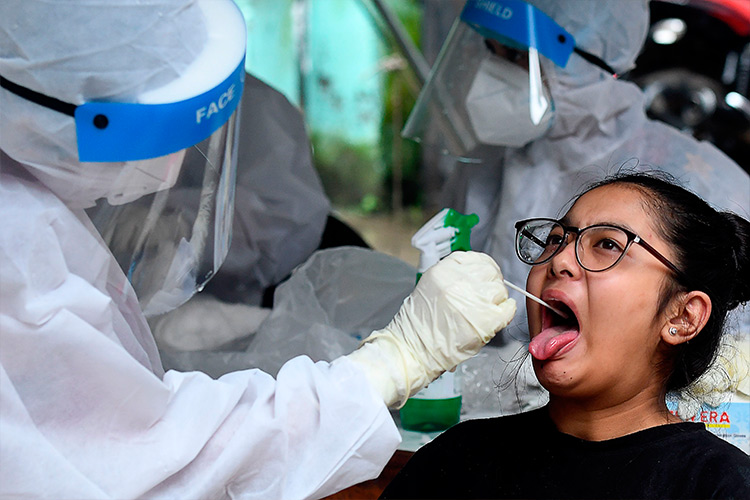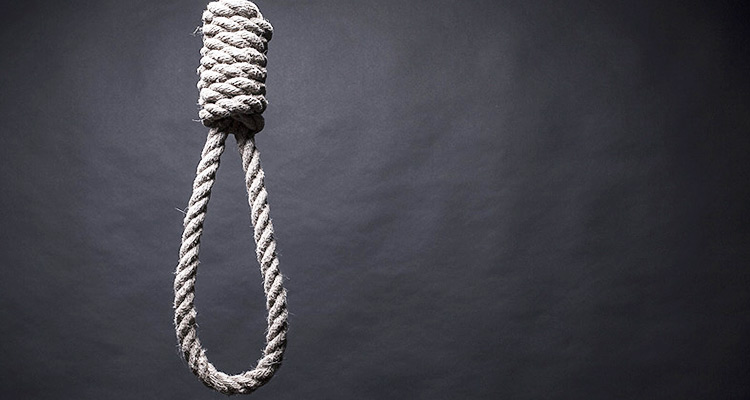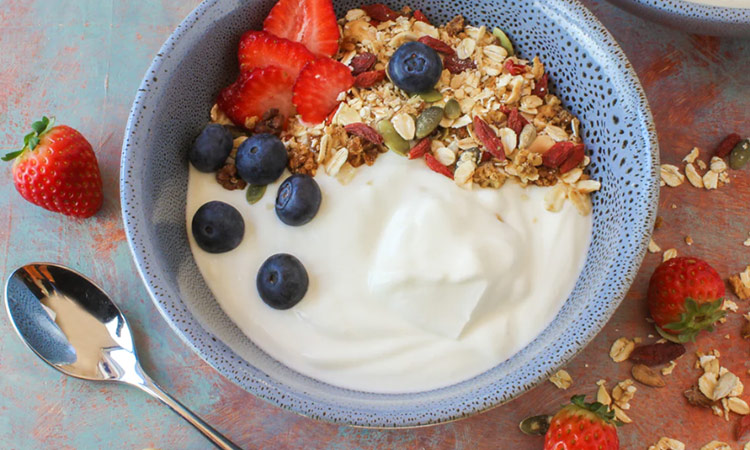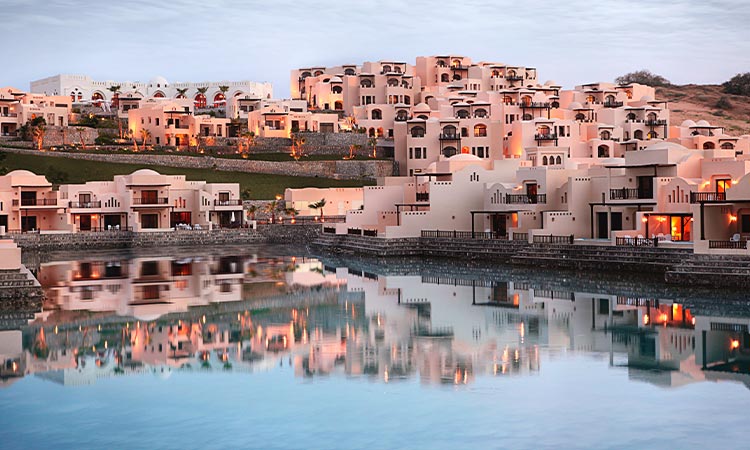Full bloom beckons of Japan
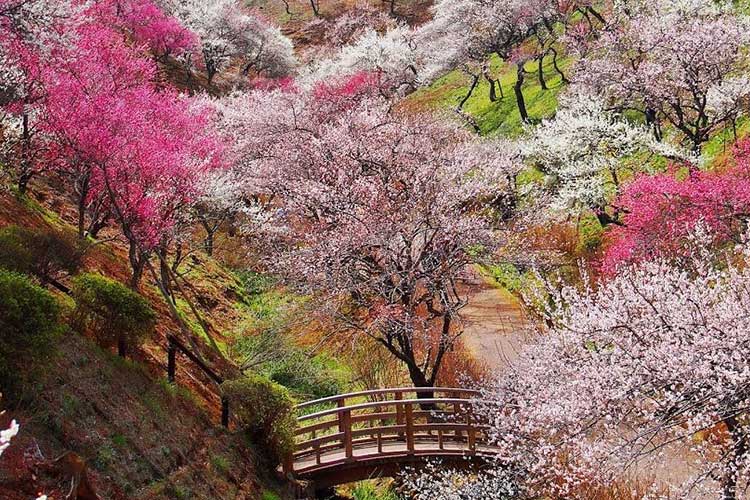
Mount Yoshino in Nara is a top cherry blossom spot.
Every winter, the Japan Meteorological Corporation (JMC) releases a cherry blossom forecast that predicts when Japan’s most famous flower — the sakura — will open and reach peak bloom. The forecast covers approximately 1,000 locations across the country and is updated on several occasions as the spring approaches.
This year, the initial news from the JMC is that the sakura is coming early. But why? And where and when are the best places to see it? Here’s the lowdown.
When will the blossoms bloom this year?
“Kochi in Shikoku (the smallest of Japan’s four main islands) will be the first place to flower, on March 18, and Kyushu is expected to be the next,” says Isao Kanda of the Japan Meteorological Corporation’s Earth Science Center in Osaka. “In Tokyo, flowering will start from March 22, four days earlier than normal years, and full bloom is expected around the 29th.”
Looking at other major tourist destinations, Hiroshima should see flowering from March 23 and full bloom on April 1, while Kyoto on March 25 and April 2, and Osaka on March 27 and April 3. Sapporo, up north in Hokkaido, will be fashionably later than the rest of the country, flowering on May 4.
Why are the blossoms early this year?
“In principle, the blooming of cherry trees requires two factors: coldness in winter and warmth in spring,” Kanda says. “On one hand, this winter has been relatively warm, which tends to delay blooming. On the other hand, it is forecast to be warm in spring, which tends to hasten blooming. Because the effect of the spring warmth is expected to be slightly more influential, we predict blooming will be a little early this year — up to five days, depending on the location.”
How can I enjoy the blossoms?
Copy the Japanese. Grab some drinks, food and a blue tarpaulin picnic sheet, and do a spot of hanami. Literally meaning “flower viewing,” hanami are the picnics and parties held in cherry blossom spots, which can range from a mellow afternoon with family in the local park to high-spirited carnage with colleagues.
Ueno Park in Tokyo is in the latter category, a sea of picnic sheets under an expanse of billowing blossoms. By nightfall, the park will be littered with passed-out hanami casualties. Tokyo’s Shinjuku Gyoen Park is far calmer, as there’s an admission fee and no-alcohol policy for anyone who wants to relax amid the 1,300 multi-varied blossoms spread across its lawns and gardens.
The Imperial Palace’s Edo-era Chidiorgafuchi moat, however, can stake a strong claim as the most attractive blossom spot in the capital, its banks bursting with pink. A top hanami spot at night is the hip Nakameguro neighbourhood, where blossoms, paper lanterns and food and drink trucks line the concrete banks of the Meguro River.
Where to try hanami beyond Tokyo
Like other cities, Kyoto has many well-known cherry blossom spots, with Maruyama Park, the weeping blossoms at Heian Shrine, the riverbank in Arashiyama and the Philosopher’s Walkway to name just a handful. But Kyoto being Kyoto, be prepared for crowds.
Arguably the most photogenic spot is Hirosaki Castle Park in Aomori Prefecture, in the far north of Japan’s main island, where the JMC predicts flowering to begin on April 24. Approximately 2,600 cherry blossoms bloom here, ordinarily with the three-story Hirosaki castle as a backdrop. It’s currently being moved to a different part of the park, but with petal-covered moats, cherry blossom tunnels and evening illuminations, Hirosaki is still stunning.
For a late-blooming northern alternative that’s less of a trek from Tokyo, try Iwate Prefecture’s Kitakami Park, where one of the highlights are horse-drawn carriage rides along a blossom-covered avenue.
Rivalling Hirosaki is Mount Yoshino in Nara, the capital before Kyoto in the 700s. The mountainside here is transformed into a palate of delicate pinks, though that in turn attracts hordes of visitors. Weekends especially can be heaving. If you aren’t up for squeezing onto the buses from central Nara out to Yoshino, Nara Park in the heart of the city has lovely blossoms of its own, plus two of Japan’s finer UNESCO sites — Todai-ji temple and Kasuga Taisha shrine — for a little variation.
Any other advice?
Anyone who knows Japan will know how fond the country is of top 100 and top 3 lists. There are top 100s for everything from waterfalls to roads. Sakura gets one, too. Check out the official top 100 cherry blossom spots, as compiled by the Japan Cherry Blossom Association. This has sites all across Japan and includes many less-crowded alternatives to the likes of Mount Yoshino, from Nago Castle in Okinawa to Utsubuki Park in criminally under-visited Tottori Prefecture. And don’t forget your picnic sheet.
The Independent
